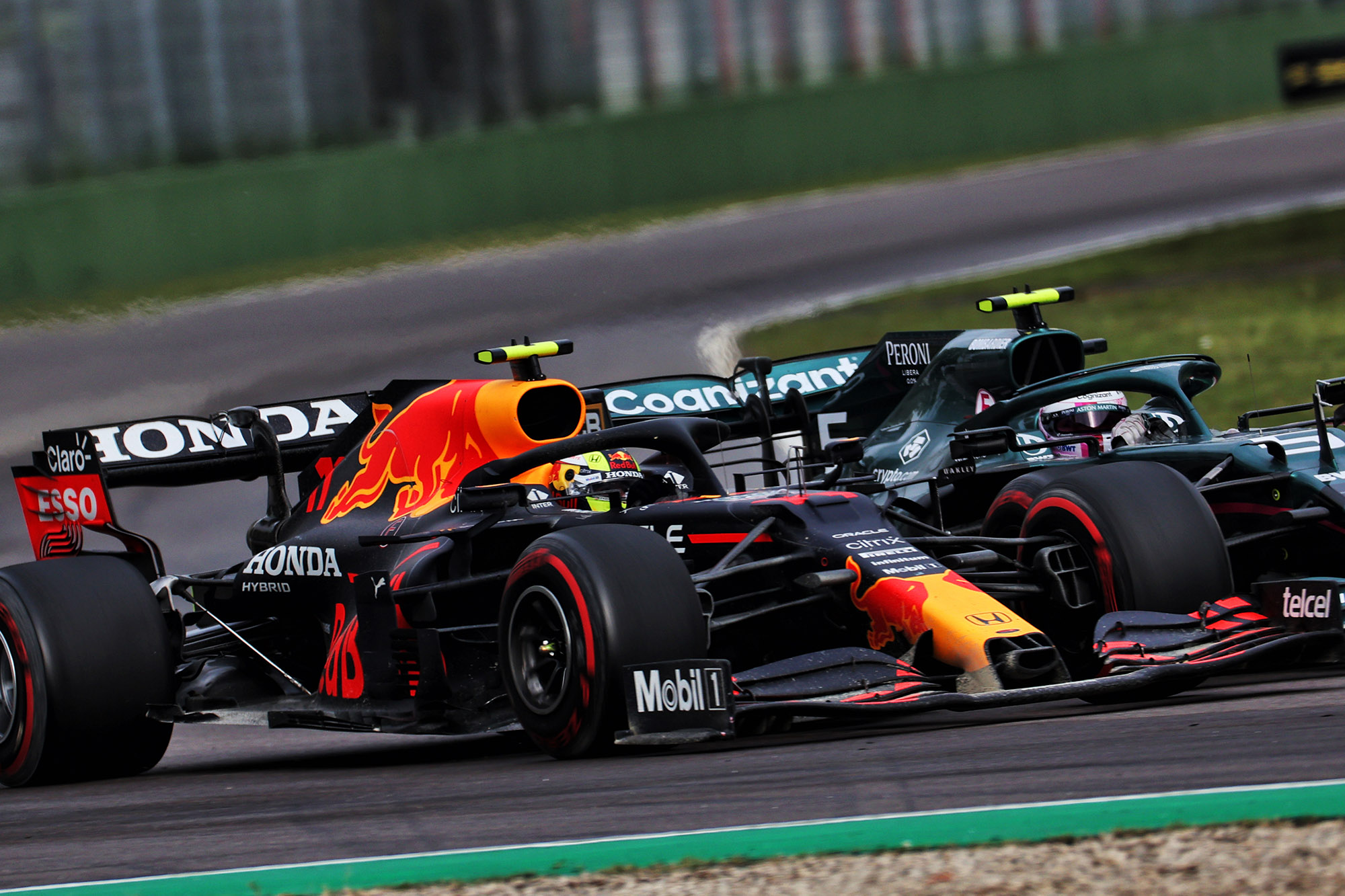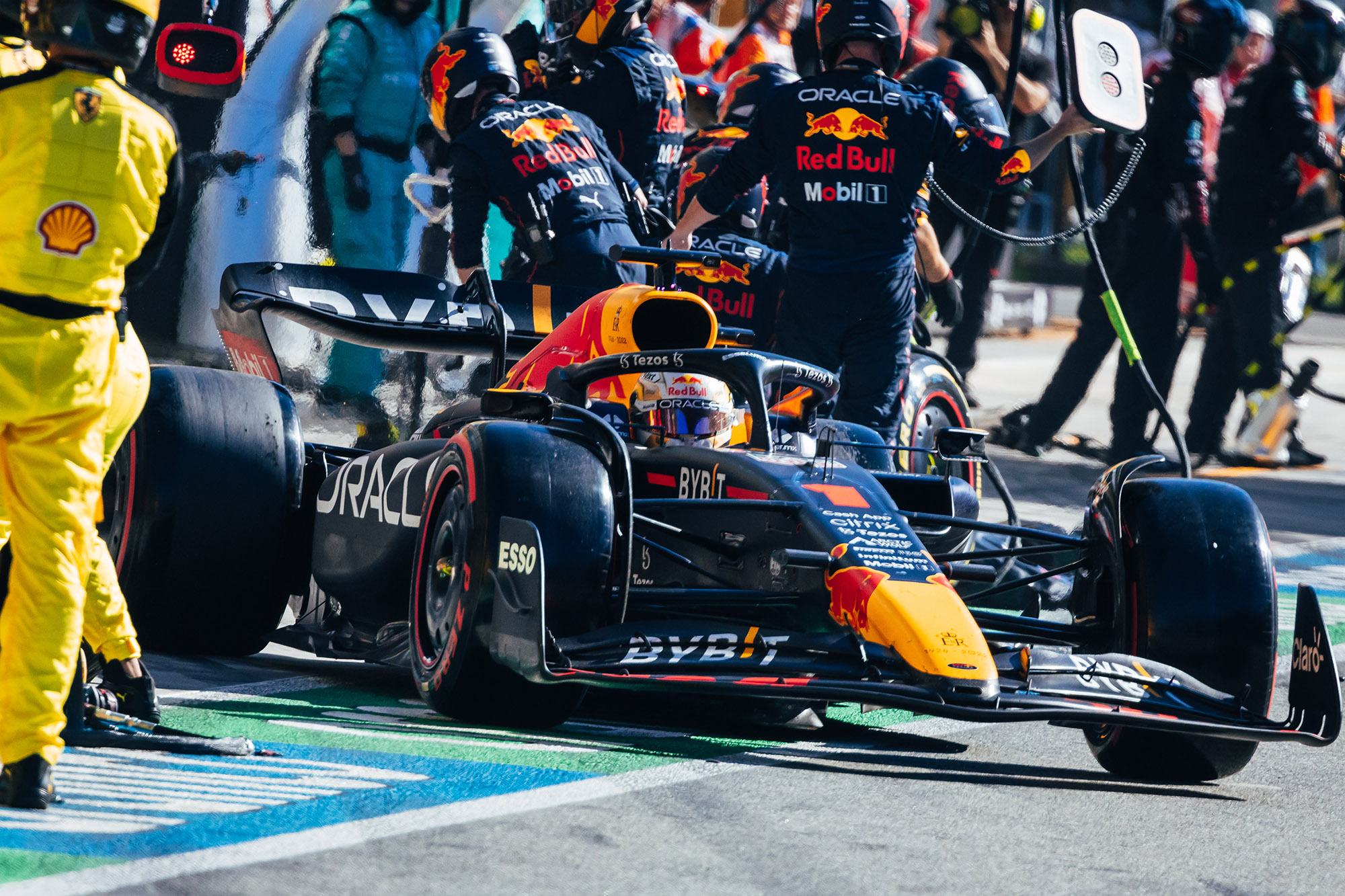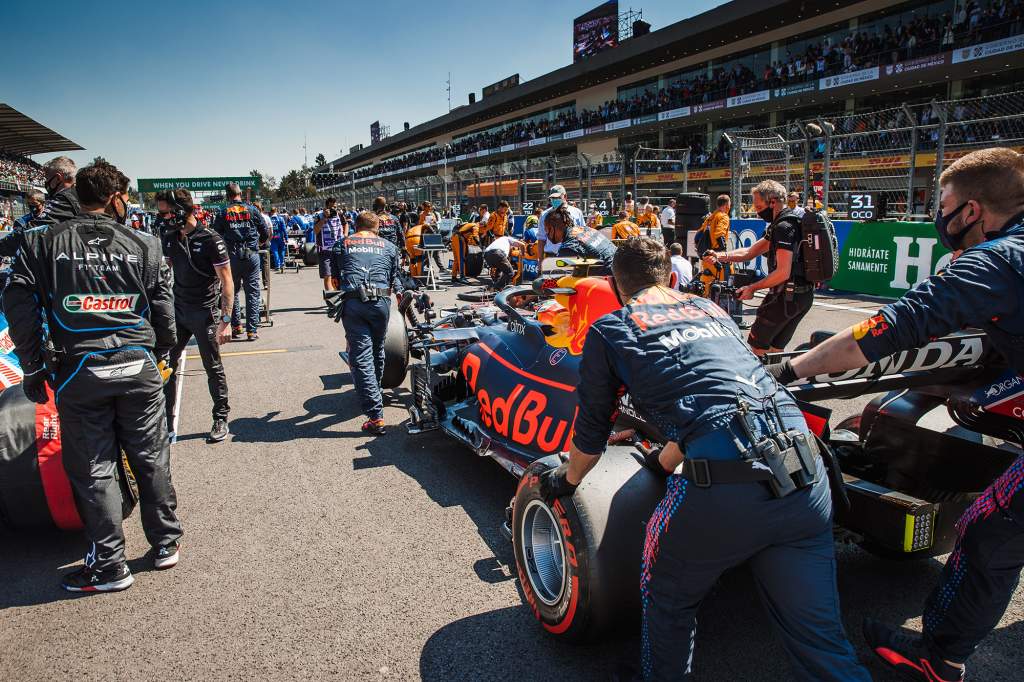Up Next

Potential financial rule breaches in 2021 by two teams including a title challenger mark a massive test of Formula 1’s budget cap concept – it could be fatally undermined or crucially reinforced.
F1’s first ever cost cap has cut back what the top teams spend and a more condensed financial spread is key to the championship’s vision for a more level playing field.
The FIA’s ability to police the financial regulations is at the core of whether they can be sustained and has been questioned several times since the budget cap was first proposed.
Without strong reinforcement it would collapse, just like the doomed Resource Restriction Agreement did – as referenced by F1 managing director of motorsport Ross Brawn when the financial regulations were announced in late 2019.
“Before we had the resource restriction, which was a gentlemen’s agreement between teams – well there’s not many gentlemen in the paddock I’m afraid, and that was a failure,” he said then.
“But this has teeth. If you fraudulently breach the financial regulations, you will be losing your championship. It has serious consequences if teams breach these regulations.”
The rules were always likely to have a big first test case. And speculation that Red Bull and Aston Martin have breached the 2021 cap mean we are very close to finding out the precedent the FIA will set.

The financial regulations set out guidelines around ‘minor’ and ‘material’ breaches. A minor breach is exceeding the budget cap by less than 5% of its value, a material breach is higher than that. It means even a minor breach can be worth millions of dollars.
There is no specified penalty for a minor breach, but instead a wide range of penalties that can be applied. A material breach carries a championship points deduction and the option of further penalties.
This was deliberately vague. The FIA wanted to avoid setting a fixed ‘cost’ that teams could effectively decide would be worth paying. The deterrent is that the consequences are unknown and potentially massive – up to disqualification from the championship in the event of a material breach.
If, as expected, any Red Bull breach is only a ‘minor’ one then it will not be disqualified from the 2021 season. Although the penalties available for a minor breach do include docking the teams and/or their drivers points – so, theoretically, the outcome of the 2021 championship could be changed retrospectively if Red Bull was found guilty and Max Verstappen was docked points.
However, that is viewed in the paddock as an unlikely scenario. It is considered too drastic and interfering with a previous championship result is envisaged as a worst case scenario option – likely saved for only the most egregious offences.
The full range of penalty options for a minor breach include a public reprimand, deduction of drivers’ and constructors’ championship points for 2021, suspension from one or more “stages” of a competition but not a race itself, limitations on ability to conduct aerodynamic or other testing, and/or a reduction in that team’s future cost cap limit.
Material breaches include all these options plus race bans and championship exclusions.

If, for example, Red Bull is deemed to have committed a minor breach, a reprimand would make a mockery of the process. Suspending Red Bull from a ‘stage’ of a competition would have no merit either.
A constructors’ championship penalty for 2021 would have no repercussions unless it was an enormous deduction as Red Bull finished 262 points ahead of third-placed Ferrari last year. Whereas a driver points penalty would have seismic repercussions and probably be viewed as an overreaction.
That just leaves limiting aerodynamic testing and a reduction in the cost cap. That means, for example, giving Red Bull less windtunnel time and reducing future budget caps – perhaps a value equal to its offence?
Reducing offenders’ aero testing and spending power, perhaps allied with an extremely severe suspended penalty to warn against a future breach, is probably the most effective outcome.
It’s certainly a neat one. It doesn’t mess with an existing result, it doesn’t interfere with the current competitive picture, and it allows the teams to continue competing but imposes a tangible competitive punishment that would match the crime.
If that sounds too easy on any offenders, it’s worth remembering that distinguishing between ‘minor’ and ‘material’ breaches reflects the fact that meeting the budget cap is not an easy feat.
All teams seem to accept that there must be some wiggle room that means a relatively small breach isn’t met with a draconian punishment – but that a scale exists so the FIA can come down hard on teams that commit worse breaches.
How this is handled could define the future of the budget cap. The whole point is that teams need to fear the outcome to avoid thinking a breach would be worthwhile.
The first time we have a confirmed breach and a concrete punishment will either reinforce that or blow the principle of the budget cap out of the water.







